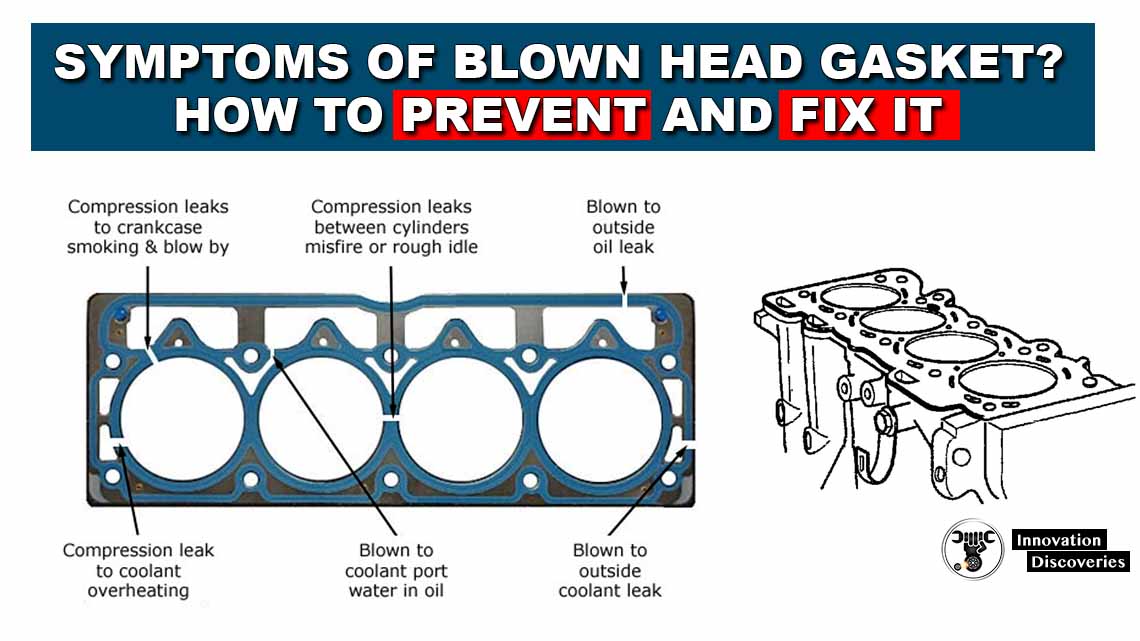
The head gasket is a crucial component in an internal combustion engine, sealing the cylinder head and engine block to ensure proper compression and prevent leakage of fluids. However, over time, this gasket can fail, leading to a blown head gasket. In this article, we will explore the symptoms of a blown head gasket, the consequences of not addressing the issue, and ways to prevent and fix it. Additionally, we will touch upon related problems such as engine misfires, overheating, oil and coolant mixing, and cylinder head cracks.
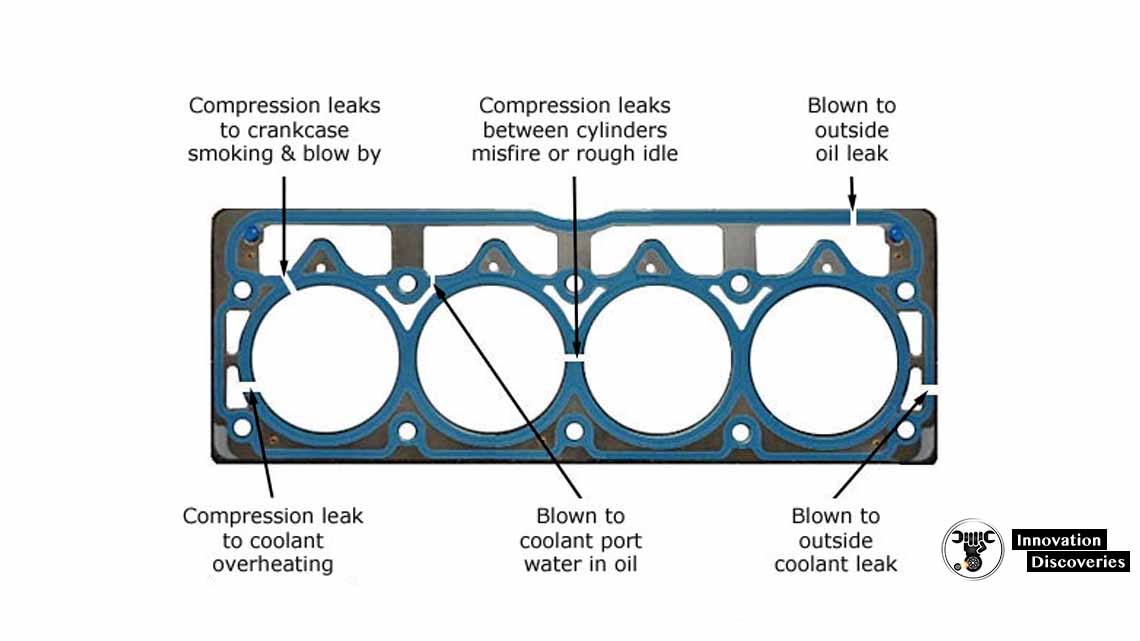
Consequences of not replacing a bad head gasket
Neglecting to replace a bad head gasket can have serious consequences for your vehicle’s performance and longevity. Here are some potential repercussions:
1. Engine Damage:
A bad head gasket can lead to coolant leaking into the combustion chamber or oil passages. This can result in overheating, as coolant is no longer effectively cooling the engine. Overheating can cause significant damage to engine components, including warping or cracking the cylinder head, damaging the pistons, or warping the engine block.
2. Reduced Engine Performance:
When a head gasket fails, it can lead to compression loss between cylinders. This loss of compression reduces the engine’s power output and overall performance. You may notice a significant decrease in acceleration, power, and fuel efficiency.
3. Coolant and Oil Contamination:
A blown head gasket can allow coolant and oil to mix. This leads to contamination of both fluids. Coolant mixing with oil dilutes the lubricating properties of the oil, resulting in poor lubrication and increased friction within the engine. Contaminated oil can cause premature wear of engine components and potential engine failure if not addressed promptly.
4. External Leaks:
In some cases, a blown head gasket can cause external leaks of coolant or oil. These leaks can lead to puddles or drips of fluid under the vehicle. External leaks not only result in fluid loss but can also cause damage to surrounding engine components and contribute to engine overheating.
5. Overheating:
A compromised head gasket affects the engine’s ability to regulate temperature properly. Coolant leaks into the combustion chamber can cause overheating, as the coolant is no longer effectively circulating through the cooling system. Continued overheating can cause additional damage to engine components, such as warped cylinder heads or a cracked engine block.
6. Engine Misfire:
A bad head gasket can disrupt the combustion process in one or more cylinders, resulting in engine misfires. This can cause the engine to run unevenly, with rough idling, decreased power, and potential vibrations. Persistent misfires can damage the spark plugs, ignition coils, and other engine components over time.
7. Complete Engine Failure:
If a blown head gasket is left unaddressed for an extended period, it can lead to catastrophic engine failure. The combination of coolant leaks, oil contamination, overheating, and compromised compression can cause severe damage to the engine, rendering it inoperable and requiring costly repairs or engine replacement.
It is crucial to address a bad head gasket promptly to avoid these consequences and prevent further damage to the engine. Regular maintenance, early detection of symptoms, and timely repairs are key to maintaining the health and performance of your vehicle.
Engine misfire may be caused by a blown head gasket
Yes, a blown head gasket can indeed cause engine misfires. The head gasket’s primary function is to create a seal between the cylinder head and engine block, ensuring proper compression and preventing the leakage of gases, coolant, and oil. When a head gasket fails or becomes damaged, it can lead to several issues, including engine misfires. Here’s how a blown head gasket can cause engine misfires:
1. Compression Loss:
A blown head gasket can result in a loss of compression between the cylinders. When the seal is compromised, combustion gases can leak from one cylinder to another or into the cooling system. This disrupts the proper functioning of the engine, leading to misfires.
2. Coolant Leakage:
A blown head gasket can allow coolant to leak into the combustion chamber. When coolant mixes with the air-fuel mixture, it can interfere with the combustion process, causing misfires. Additionally, the presence of coolant in the combustion chamber may result in white or sweet-smelling smoke coming out of the exhaust.
3. Oil Contamination:
If the head gasket fails in a way that allows oil to enter the combustion chamber, it can also lead to misfires. Oil in the combustion chamber can affect the spark plug’s performance, inhibiting proper ignition and causing the engine to misfire.
4. Irregular Fuel Delivery:
A blown head gasket can disrupt the uniform distribution of fuel to the cylinders. When there is an imbalance in fuel delivery, certain cylinders may receive more or less fuel than they require, leading to misfires.
Engine misfires caused by a blown head gasket often result in rough idling, a lack of power, vibrations, and even engine stalling. It’s important to diagnose and address these misfires promptly to prevent further damage to the engine and related components.
When experiencing engine misfires, it is crucial to have a professional mechanic perform a thorough inspection to identify the underlying cause, which may include a blown head gasket. Proper diagnosis will help determine the necessary repairs and prevent further complications.
Overheating from a blown head gasket
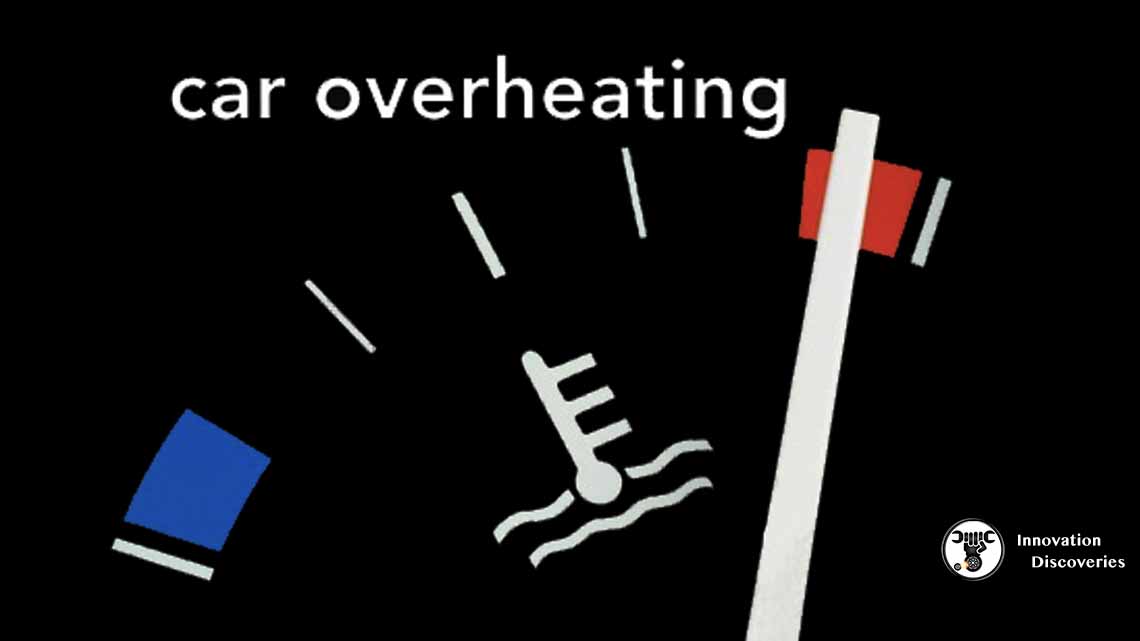
Overheating is one of the common symptoms associated with a blown head gasket. The head gasket plays a crucial role in maintaining the separation between the engine block and the cylinder head, ensuring proper sealing and preventing the leakage of fluids, including coolant. When a head gasket fails or becomes damaged, it can lead to overheating due to the following reasons:
1. Coolant Leakage:
A blown head gasket can allow coolant to leak from the cooling system into the combustion chambers or the engine oil passages. This leads to a loss of coolant, reducing the system’s ability to regulate and dissipate heat effectively. As a result, the engine can quickly overheat, especially during extended periods of driving or under heavy load.
2. Disrupted Cooling System:
The compromised head gasket can disrupt the flow of coolant within the cooling system. Coolant may mix with combustion gases, obstructing proper circulation and impeding the coolant’s ability to carry away heat from the engine. This can cause localized hot spots and overall inadequate cooling, leading to overheating.
3. Air Pocket Formation:
When a head gasket fails, it can create openings or gaps between the combustion chamber and the cooling system. These openings allow air to enter the cooling system, resulting in the formation of air pockets or bubbles. Air pockets hinder the proper flow of coolant, reducing its cooling efficiency and contributing to engine overheating.
4. Reduced Compression:
A blown head gasket can cause compression leakage between cylinders. This loss of compression can result in incomplete combustion, which generates excess heat. The accumulated heat can raise the overall temperature of the engine, leading to overheating.
It’s important to note that engine overheating due to a blown head gasket should not be ignored. Continued overheating can cause further damage to engine components, such as warping or cracking the cylinder head, damaging the pistons, or warping the engine block. In severe cases, it may even lead to a complete engine failure.
If you suspect a blown head gasket or experience symptoms of overheating, it is recommended to have your vehicle inspected by a professional mechanic. They can perform diagnostic tests, such as a cooling system pressure test or a combustion gas leak test, to determine if a blown head gasket is the cause of the overheating issue. Prompt repairs and replacement of the head gasket are necessary to prevent further damage and restore proper engine cooling.
Oil in the coolant and coolant in the oil
When a head gasket is blown or damaged, it can result in the mixing of oil and coolant within the engine. This can occur in two ways: oil in the coolant and coolant in the oil. Both situations are indicative of a potential head gasket issue or another significant problem within the engine. Here’s a closer look at each scenario:
Oil in the Coolant:
If you notice oil in the coolant, it suggests that there is a breach or leakage between the oil passages and the cooling system. The most common cause of this is a blown head gasket. When the head gasket fails, it can allow oil to seep into the coolant passages, leading to oil contamination. You might observe a milky or frothy appearance in the coolant reservoir or radiator, indicating the presence of oil.
Coolant in the Oil:
The presence of coolant in the engine oil is another sign of a potential head gasket problem. When the head gasket is compromised, it can allow coolant to leak into the oil passages. As a result, the engine oil becomes diluted with coolant, leading to a change in color and consistency. In many cases, the oil takes on a milky appearance, resembling a mixture of oil and water.
These oil and coolant mixing scenarios are concerning because they can have damaging effects on the engine if left unaddressed. The presence of oil in the coolant reduces the lubricating properties of the oil, potentially causing premature wear and damage to engine components. On the other hand, coolant mixing with the oil diminishes the oil’s ability to provide proper lubrication and protection, which can result in increased friction, overheating, and potential engine damage.
If you observe oil in the coolant or coolant in the oil, it is essential to have your vehicle inspected by a qualified mechanic. They can perform diagnostic tests, such as a coolant pressure test or an oil analysis, to confirm the presence of a blown head gasket or any other underlying issues. Timely repair or replacement of the head gasket is crucial to prevent further damage to the engine and to restore the proper functioning of the cooling and lubrication systems.
An external oil leak
An external oil leak is another potential symptom associated with a blown head gasket. While a blown head gasket primarily affects the sealing between the cylinder head and engine block, it can indirectly lead to external oil leaks. Here’s how a blown head gasket can contribute to an external oil leak:
1. Cylinder Head and Engine Block Seal:
The head gasket forms a seal between the cylinder head and engine block, preventing the leakage of oil and coolant. When the head gasket fails, it can result in a breach in this seal, allowing oil to escape from the engine.
2. Oil Passage Leakage:
The head gasket contains passages that allow oil to flow between the engine block and cylinder head for lubrication. When the head gasket is blown or damaged, these passages can become compromised, leading to oil leakage.
3. External Leak Points:
Depending on the location and severity of the blown head gasket, oil can leak externally at various points around the engine. Common areas where external oil leaks may occur include the cylinder head-to-block junction, valve cover gasket, or other engine components in proximity to the head gasket.
It’s important to note that an external oil leak doesn’t always indicate a blown head gasket. There are several other potential causes of oil leaks, such as faulty gaskets, seals, or degraded engine components. However, a blown head gasket can contribute to or exacerbate external oil leaks due to the disruption of the sealing between the cylinder head and engine block.
If you notice an external oil leak, it’s advisable to have a professional mechanic inspect your vehicle to accurately diagnose the source of the leak. They will conduct a thorough examination to determine if a blown head gasket or another issue is causing the leak. Prompt repairs and replacement of the affected gaskets or components are necessary to prevent further oil loss, potential engine damage, and to maintain the proper functioning of the engine’s lubrication system.
Testing coolant for carbon dioxide
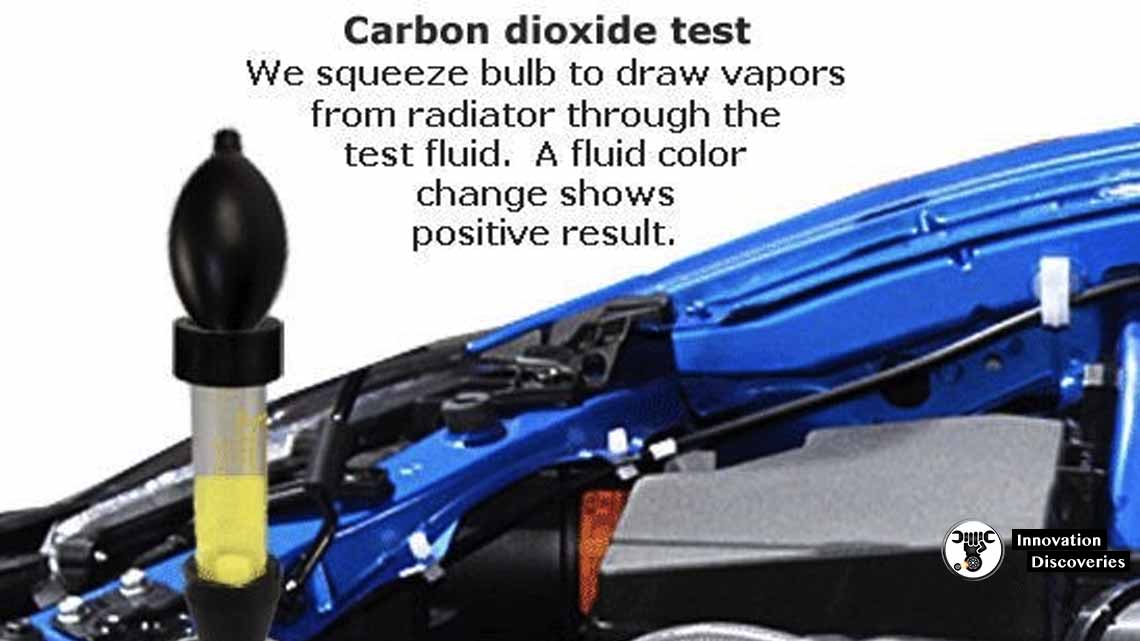
Testing coolant for the presence of carbon dioxide (CO2) is a diagnostic method used to detect a blown head gasket or other potential issues in the engine. When a head gasket fails, it can allow combustion gases to escape from the cylinders into the cooling system, resulting in an increased level of carbon dioxide in the coolant. Testing for carbon dioxide in the coolant is commonly done using a tool called a block tester or combustion leak tester. Here’s how the process typically works:
Preparation:
Ensure the engine is cool before performing the test. Open the hood and locate the coolant reservoir or radiator cap, depending on the vehicle.
Testing Solution:
The block tester kit typically includes a testing solution. This solution changes color when it comes into contact with carbon dioxide. Follow the instructions provided with the kit to prepare the testing solution as specified.
Test Procedure:
Insert the appropriate tool into the coolant reservoir or radiator opening, making sure it is properly sealed to prevent any air leakage. Draw out a small amount of coolant using the tool and introduce the testing solution into the tool. Squeeze the bulb or follow the instructions provided with the specific kit to circulate the coolant through the testing solution.
Observing Color Change:
After a specified duration, observe the color of the testing solution. If carbon dioxide is present in the coolant, the solution will change color, typically indicating the presence of combustion gases. The specific color change will depend on the type of testing solution and kit being used.
Interpretation of Results:
Compare the observed color change with the reference provided in the testing kit. This will help determine whether there is a presence of carbon dioxide in the coolant, indicating a potential blown head gasket or other issues related to the combustion process.
It’s important to note that while testing for carbon dioxide in the coolant can provide valuable information, it should be used as part of a comprehensive diagnostic process. Other symptoms and tests, such as coolant loss, oil contamination, compression tests, and inspection of the engine components, should also be considered to obtain an accurate diagnosis.
If you suspect a blown head gasket or other engine problems, it’s recommended to consult a professional mechanic. They have the expertise and proper tools to perform diagnostic tests, identify the root cause, and recommend the necessary repairs or replacements.
Cracked cylinder heads
A carbon dioxide test may also not show a cylinder head with a crack. Despite not showing, a cracked head can give the same symptoms as a blown gasket. In the photo above, the crack is obvious. Often the crack is too small to see with the eye.
Though they are small, a crack in a cylinder head will cause serious problems. Cylinder head shops use dye, pressure and other methods to find very small cracks. Sending cylinder heads to a professional, for testing, is a wise precaution.
Other cylinder head problems
Apart from a blown head gasket and cracked cylinder heads, there are several other cylinder head problems that can occur in an engine. These issues can affect the performance, reliability, and longevity of the engine. Here are a few common cylinder head problems:
1. Valve Problems:
The cylinder head contains valves that control the intake and exhaust of air and fuel in the combustion chambers. Valve problems can include bent valves, worn valve guides, or valve seat damage. These issues can lead to poor compression, misfires, and loss of power.
2. Valve Seal Leakage:
The valve seals in the cylinder head prevent oil from entering the combustion chambers and guide oil to lubricate the valve stems. If the valve seals become worn or damaged, they can allow oil to leak into the combustion chambers, resulting in oil consumption, fouled spark plugs, and blue smoke from the exhaust.
3. Warped or Damaged Surface:
The cylinder head surface needs to be flat and smooth to provide a proper sealing surface for the head gasket. Overheating, improper maintenance, or mechanical stress can cause the cylinder head to warp or develop surface damage. This can lead to coolant or oil leaks, loss of compression, and engine overheating.
4. Camshaft and Lifter Issues:
The cylinder head houses the camshaft and lifters, which control the opening and closing of the valves. Problems with the camshaft, such as worn lobes or improper timing, can result in valve timing issues, reduced engine performance, and rough running.
5. Cylinder Head Bolts or Studs:
The cylinder head is secured to the engine block using bolts or studs. If these fasteners become loose, stretched, or damaged, they can compromise the clamping force between the head and block, leading to coolant leaks, loss of compression, or head gasket failure.
6. Cracked or Clogged Coolant Passages:
The cylinder head has passages that allow coolant to flow through it for heat dissipation. Over time, these passages can become clogged with debris, scale, or corrosion, restricting the coolant flow and causing overheating. Additionally, the coolant passages can develop cracks due to stress, thermal cycling, or cooling system issues.
Proper maintenance, regular inspections, and addressing any signs of cylinder head problems promptly can help prevent further damage and ensure the longevity of the engine. If you suspect any issues with your cylinder head or experience symptoms such as loss of power, overheating, or coolant or oil leaks, it is advisable to consult a professional mechanic who can perform a thorough diagnosis and recommend the appropriate repairs or replacements.
Preventing head gasket problems
Preventing head gasket problems is essential to maintain the health and performance of your engine. While some factors leading to head gasket failure may be unavoidable, there are preventive measures you can take to minimize the risk. Here are some tips to help prevent head gasket problems:
1. Maintain Proper Cooling System Function:
The cooling system plays a critical role in preventing engine overheating, which can contribute to head gasket failure. Regularly inspect and maintain the cooling system components, including the radiator, hoses, thermostat, and water pump. Ensure the coolant is at the proper level and the mixture is correct according to the manufacturer’s recommendations.
2. Change the Coolant Regularly:
Over time, coolant can lose its effectiveness, leading to corrosion and the formation of deposits that can compromise the head gasket. Follow the manufacturer’s recommended interval for coolant replacement to prevent these issues.
3. Monitor Engine Temperature:
Keep an eye on the temperature gauge or warning lights on your vehicle’s dashboard. If you notice the engine running hotter than usual, address the issue promptly to prevent overheating and potential head gasket damage.
4. Avoid Overheating:
Preventing engine overheating is crucial for head gasket health. Avoid placing excessive strain on the engine, such as towing heavy loads in high temperatures or driving with a malfunctioning cooling system. If you encounter overheating symptoms, pull over safely and allow the engine to cool down before proceeding.
5. Perform Regular Maintenance:
Regular maintenance, including oil changes, spark plug replacements, and air filter replacements, can help keep the engine running smoothly and reduce the likelihood of issues that could contribute to head gasket failure.
6. Use High-Quality Engine Oil and Coolant:
Choose engine oil and coolant that meet the manufacturer’s specifications. High-quality lubricants and coolants can provide better protection against heat, friction, and corrosion, reducing the risk of head gasket problems.
7. Address Engine Issues Promptly:
If you notice any signs of engine trouble, such as loss of power, misfires, coolant leaks, or oil contamination, have your vehicle inspected by a professional mechanic. Timely detection and repair of engine issues can prevent them from escalating and causing head gasket problems.
Remember that some factors leading to head gasket failure, such as manufacturing defects or extreme operating conditions, may be beyond your control. However, following these preventive measures can help minimize the risk and increase the longevity of your head gasket and engine overall.
Read More:
Visit Forum
Visit Our Friendly Website


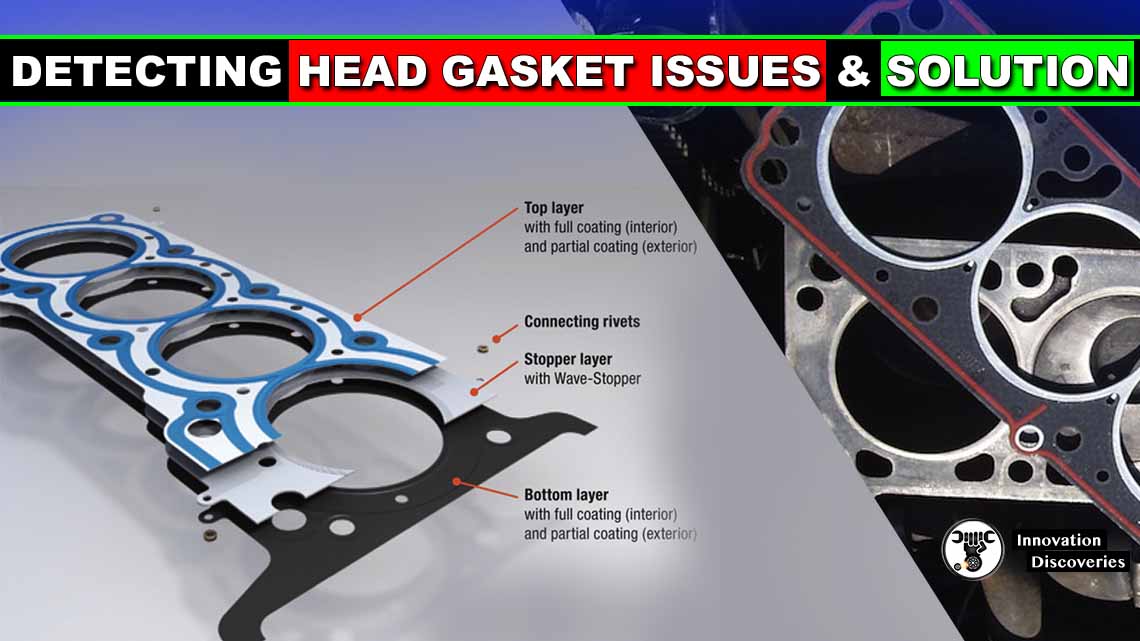



7 Comments